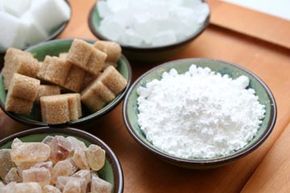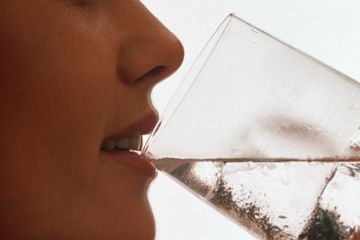An Indian love spell, circa 1000 BC, invoked the mystical power of sugar and honey to charm the beloved. Judging from most other cultures throughout history, that was serious mojo.
In pursuit of sweetness, humanity has scaled new heights in science, commerce and greed. Cave paintings dating back 15,000 years depict hunters braving swarms of bees for their prized honeycombs. The Persians learned to boil sugarcane juice into coarse crystals around 500 BC. They did a booming business with Europe in the Middle Ages, when wealthy Europeans sprinkled sugar on everything, enriching more than one merchant of Venice. Columbus set all kinds of wheels in motion when he brought sugarcane to the Caribbean (including the slave trade -- not sweet). And Napoleon single-handedly jump-started the beet sugar industry in the 1800s (dictators can do that) when wartime embargoes cut off his empire's cane sugar supply.
Advertisement
At various times and places, people have also coaxed sweetness from sorghum and tree sap, brown rice and sprouted barley. Today's posh sweeteners include stevia, a sugar refined from a South American herb, and agave nectar, a syrup extracted from cacti.
Discovering natural sweeteners was probably a happy accident; that's certainly true of artificial sweeteners. Saccharin was developed in the late1800s after a researcher noticed a sweet taste on his fingers while eating dinner after working in the lab. Likewise, aspartame was discovered in 1965 when a chemist working on a treatment for stomach ulcers licked his fingers to pick up a piece of paper. Sucralose gets our vote for most unlikely birth. It was discovered in 1976 by lab assistant who misunderstood a request to"test" a compound. He tasted it instead.
But sugar isn't all sweetness and light. Indulging our sweet tooth has endangered our health (ironic, considering that medieval doctors used sugar as medicine) and the planet's as well. Artificial sweeteners raise other concerns. Toss in all the misinformation floating around and it's enough to make you eat your pancakes plain and hand out raisins on Halloween.
Maybe we can help. In this modest primer we'll sift fact from fiction to help you decide what sweetener, if any, you want on or in your cereal. First up: How our love for sugar is elemental.
Advertisement


